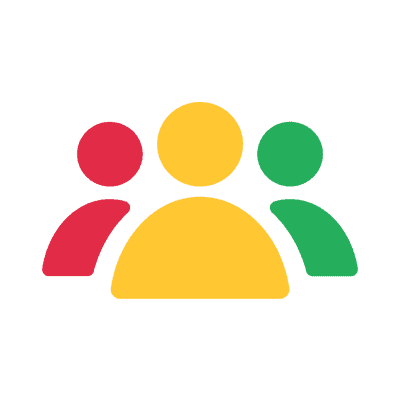Given that 15% of the Canadian working population is self-employed, there are special benefits just to cover those millions of Canadians. If you're self-employed and wondering if there's a special health insurance for the self-employed, you're in luck. The Employment Insurance special benefits program helps people across the country stay covered no matter what they do for a living.
Here is everything that you need to know about the program.
Learn About EI Benefits
With millions of Canadians in need of consideration because of their self-employment situation, they have the option of being covered by special benefits. There are six major types to special benefits that are available to self-employed workers in a profession.
Maternity benefits are a type of benefit for mothers giving birth. This kind of benefit ensures that the mother and the child are covered. It goes for 15 weeks following birth.
There are then parental benefits to cover either parent with newborn or newly adopted children. These last upwards of 35 weeks and cover most of the medical care that children and parents require during this sensitive period of time.
Sickness benefits are available for people who are missing work because of injury, illness, or a quarantine situation. If you're the caregiver for someone dealing with a chronic problem, you're eligible for compassionate care benefits.
Beyond that, there are family caregiver benefits for children and programs for adults. These allow parents of sick children and the children themselves to be covered adequately.
For anyone self-employed in Quebec, there's a program for maternity, paternity, and other parental benefits through the Quebec Parental Insurance Plan. When you register with the Employment Insurance Commission, you get the eligibility to apply for EI sickness, compassionate care, and family caregiver benefits too.
How To Register
When you're trying to get benefits as a self-employed person, you start by applying through Service Canada. The Canada Employment Insurance Commission follows their lead for people who own their own business or who can't access EI benefits. For part-owners with 40% of the company's voting shares, you may need to go through Service Canada.
To apply, you need to be a Canadian citizen or prove that you're a permanent resident of the country.
Some people who work independently aren't hired as full-time employees are eligible for the regular EI program. This special program isn't accessible for people like barbers and hairdressers, drivers of vehicles including taxis, and people in the fishing industry. Because people working in those professions have other kinds of rights, they need to go through the regular program.
Since you have to register with the Canadian Employment Insurance Commission to participate in the program, get started soon. The process is long and requires a My Service Canada account first. These are available online or at any Service Canada Centre.
From the home page, go to "Online Services and Forms", then too "Access My Service Canada Account". From there, follow the instructions carefully to get your code in the mail in just a few weeks.
You then need to wait 12 months from your registration before you're able to apply for special benefits.
Don't Miss Any Payments
After you've successfully registered for the program, you'll get a notification. After that, the government is going to use your financial information to decide how much you can pay for your insurance. They'll look at income tax records and the benefit returns from the past year.
If you register in 2018 to participate, your premiums are going to be based on your 2017 income tax return. That's why it's so important to file your insurance carefully.
If you're required to pay income tax to the CRA, your premiums might end up included in your installment payments. Otherwise, your premiums are set to be payable by the end of April.
No matter when you register, your premiums are calculated from your self-employed income for the previous year. Keep meticulous records to keep yourself protected from problems.
Missing payments usually incur a fine and if you're not watching your mailbox, deadlines may come and go. However, ignorance isn't a good excuse that the government accepts, so stay on top of deadlines and work hard not to miss a payment.
Calculating Your Premiums
As of 2018, every $100 you earn requires $1.66 in EI premiums. Once you pay a certain amount, you're no longer required to contribute. However, that maximum is around $850, so this premium is paid in full on an average income.
With Quebec providing its own insurance program for paternal and maternity benefits, premiums look a little different. Instead of $1.66, self-employed residents of Quebec only paid $1.30 for every $100 they made.
This was a little easier on residents of Quebec since those numbers start to add up over the course of a year.
If you own a corporation or control more than 40% of the shares of a company, your EI premiums are going to be calculated differently. The Canada Revenue Agency follows the Income Tax Act by calculating premiums based on what insurable earnings from employment would have been insurable.
People who are self-employed have to jump through a few more hoops than anyone else, but it's still possible to get great insurance if you're self-employed. While you might have to seek out some supplemental insurance to fill in the gaps between state insurance and your needs, the national plan is there to help you.
Health Insurance for Self-Employed People Is Accessible
Unlike a lot of other countries, health insurance for people who are self-employed is fairly accessible in Canada. If you know what you need, you can get a plan that covers you and your family without breaking the bank.
If you want to learn more about health insurance laws, check out our latest guide for more info.

